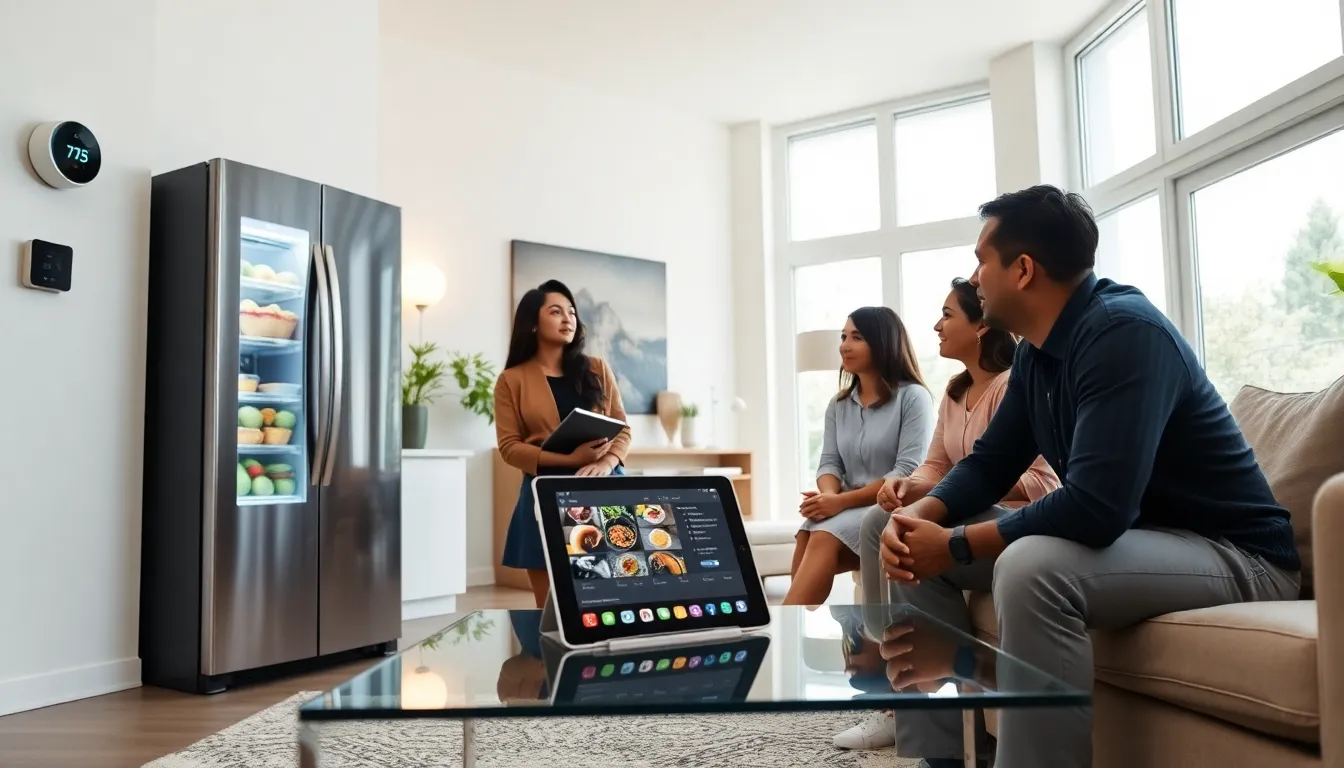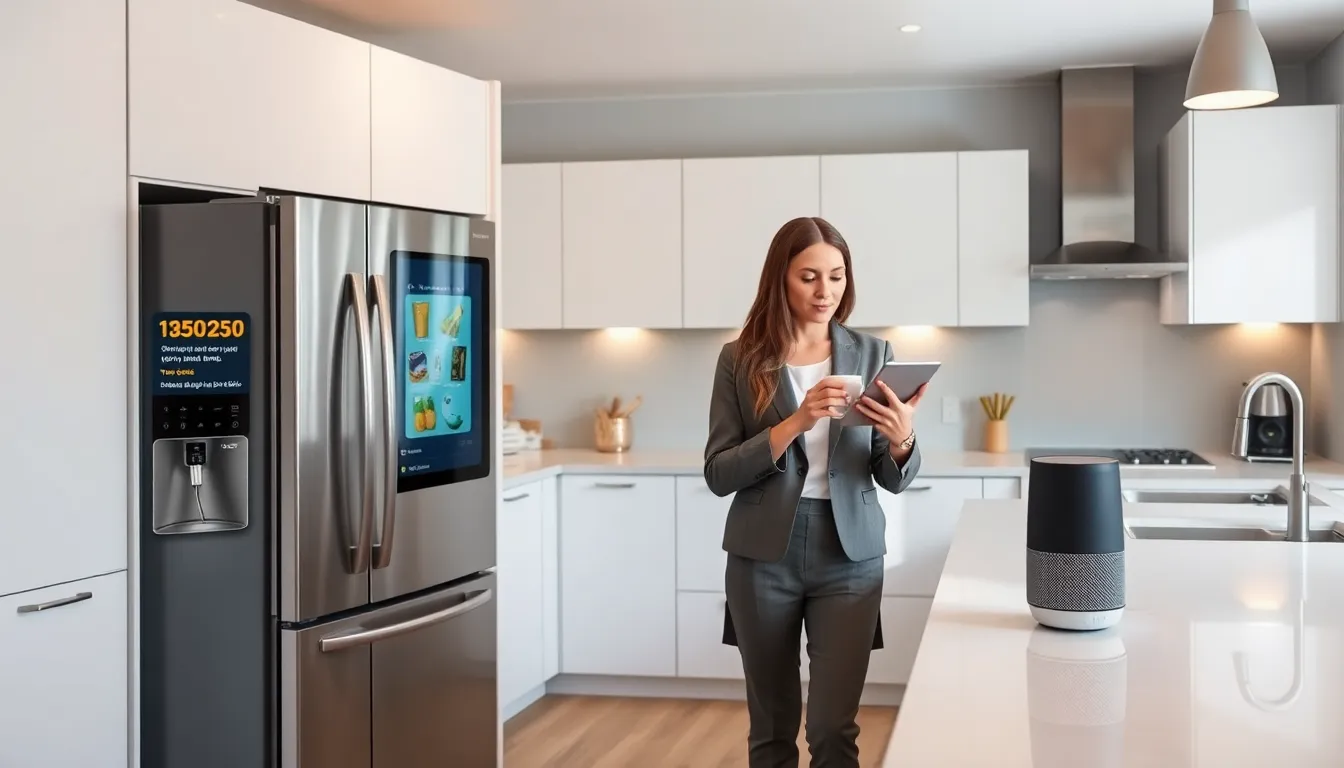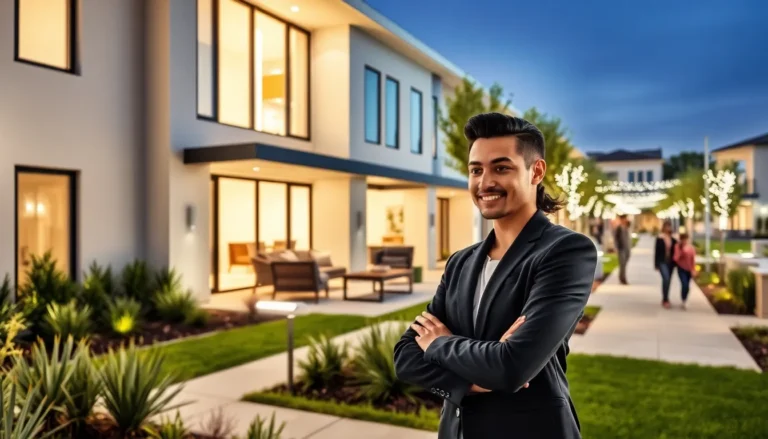Imagine waking up to a warm home, your coffee brewing, and your schedules already organized for the day, all without lifting a finger. Sounds like magic, right? Welcome to the world of smart living and technology, where innovation meets convenience in ways that even the Jetsons would envy. In this age, gadgets do the heavy lifting while you sip your coffee, taking control of your life without the hassle. Let’s jump into this intriguing realm and see what all the fuss is about.
Table of Contents
ToggleThe Evolution Of Smart Living

Smart living has not always existed in the form we see today. Just a few decades ago, our homes were filled with non-digital appliances and manually operated devices. Fast forward to the early 2000s, and the seeds of smart technology began to sprout in our homes. The introduction of Wi-Fi and the internet paved the way for interconnected devices that could communicate with each other. Suddenly, light bulbs could be turned on remotely, and thermostats could learn your habits. From those humble beginnings, smart living has grown into a sophisticated ecosystem, encompassing everything from smart fridges that can order groceries to health monitoring systems that keep tabs on your well-being. Each advancement in technology carves a new path, laying the groundwork for an increasingly automated and efficient lifestyle.
Key Technologies Driving Smart Living
Several key technologies form the backbone of smart living. First and foremost, the Internet of Things (IoT) has transformed everyday items into “smart” devices. Appliances equipped with sensors can communicate with each other and make decisions based on real-time data. Think about your smart thermostat adjusting the temperature automatically based on your daily routine or a smart lock allowing you to enter your home without a key.
Next, Artificial Intelligence (AI) plays a crucial role by providing these devices with the ability to learn from user behavior and adapt additional features to fit individual needs. For instance, smart speakers not only respond to voice commands but also become more accurate over time, making your experience more seamless.
Then, there are advancements in connectivity. 5G technology is just around the corner, promising faster data transfers and increased connectivity. This can dramatically improve the performance of smart devices, making them more responsive and reliable. When combined, these technologies not only enhance functionality but also contribute to a more intuitive user experience.
Benefits Of Smart Living
Smart living isn’t just about flaunting the newest gadgets, it’s about enhancing the quality of life. One significant benefit is convenience. Imagine controlling every light, appliance, and security system from a single app on your phone. Gone are the days of manually checking if you left the lights on or worrying about the heating bill while you’re on vacation.
Another advantage is energy efficiency. Smart devices can help reduce energy consumption by optimizing usage patterns. Smart thermostats, for example, can automatically adjust heating and cooling based on occupancy, leading to noticeable savings.
Finally, let’s not ignore security. Smart home security systems can alert homeowners about unusual activities, enabling quicker responses in emergencies. With real-time monitoring and mobile alerts, individuals can feel safer in their homes, knowing they’re in control.
Challenges And Considerations
While smart living undoubtedly provides numerous advantages, it also comes with its own set of challenges. Privacy concerns top the list. With so many devices collecting data, what happens to that information? Securing personal data from hackers has become more crucial than ever. Homeowners must be vigilant, ensuring their networks are protected and that the devices they choose respect their privacy.
Also, compatibility can be an issue. Not all smart devices play well together. If one brand’s devices don’t communicate with another’s, it can lead to a frustrating experience. Ensuring interoperability is essential when building a cohesive smart home system.
Finally, the initial costs can deter many. Smart technology can require a hefty investment upfront. While the long-term savings are substantial, that initial financial commitment is something everyone should weigh carefully.
Future Trends In Smart Living Technology
The future of smart living looks bright, and it’s exciting to speculate on trends that will shape the next wave of technologies. One significant trend is increased automation. Homeowners will likely see more devices that can perform their tasks autonomously, minimizing the need for manual input.
Also, sustainability will take center stage. As environmental concerns grow, smart technologies are expected to become more energy-efficient and eco-friendly. Imagine appliances that not only monitor energy use but actively work to minimize it.
Another anticipated trend is the rise of wearable technology. Integrating wearables with home systems could lead to an entirely new level of convenience. Picture a world where your smartwatch adjusts your home’s heating or lighting based on your location or health metrics.








